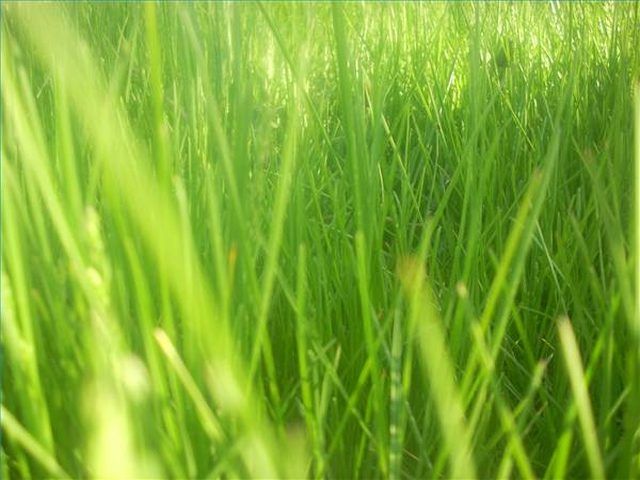Bulbs
Flower Basics
Flower Beds & Specialty Gardens
Flower Garden
Garden Furniture
Garden Gnomes
Garden Seeds
Garden Sheds
Garden Statues
Garden Tools & Supplies
Gardening Basics
Green & Organic
Groundcovers & Vines
Growing Annuals
Growing Basil
Growing Beans
Growing Berries
Growing Blueberries
Growing Cactus
Growing Corn
Growing Cotton
Growing Edibles
Growing Flowers
Growing Garlic
Growing Grapes
Growing Grass
Growing Herbs
Growing Jasmine
Growing Mint
Growing Mushrooms
Orchids
Growing Peanuts
Growing Perennials
Growing Plants
Growing Rosemary
Growing Roses
Growing Strawberries
Growing Sunflowers
Growing Thyme
Growing Tomatoes
Growing Tulips
Growing Vegetables
Herb Basics
Herb Garden
Indoor Growing
Landscaping Basics
Landscaping Patios
Landscaping Plants
Landscaping Shrubs
Landscaping Trees
Landscaping Walks & Pathways
Lawn Basics
Lawn Maintenance
Lawn Mowers
Lawn Ornaments
Lawn Planting
Lawn Tools
Outdoor Growing
Overall Landscape Planning
Pests, Weeds & Problems
Plant Basics
Rock Garden
Rose Garden
Shrubs
Soil
Specialty Gardens
Trees
Vegetable Garden
Yard Maintenance
What Is the Purpose of Lawn Aeration?
What Is the Purpose of Lawn Aeration?. Aerating the lawn used to be part of weekly maintenance tasks, but now it's generally used as a repair method, for brightening up a yard that's been neglected and built up a thatch. If a lawn is unkempt for a long time, layers and layers of dead grass can build up, preventing nutrients and water from reaching...

Aerating the lawn used to be part of weekly maintenance tasks, but now it's generally used as a repair method, for brightening up a yard that's been neglected and built up a thatch. If a lawn is unkempt for a long time, layers and layers of dead grass can build up, preventing nutrients and water from reaching the soil. The purpose of lawn aeration is to create a healthy place for your lawn to grow.
Loosens Compacted Soil
Pets and children can run miles back and forth across your lawn and over the years, which can lead to compacted soil. Additionally, dust and clay particles can blow in from neighboring fields and dirt roads, sinking down into the soil every time it rains, compacting the soil even further. Aeration creates little "pockets" in the soil that can relieve the pressure of soil compaction.
Breaks up Thatch
Thatch is a buildup of dry grasses. When they're the result of an unkempt, un-mowed lawn, they tangle up at the surface, strangling the new growth. When they're the result of leaving clippings from the mower, they can form a thick mat of dried material that's subject to molding and can kill the healthy lawn beneath, preventing sunlight from reaching the seedlings and progressively making the lawn more and more sparse.
Improves Water Infiltration
When there's a thatch of dried grasses over the lawn, they can collect dirt blown in from the wind, and retain much of the moisture that's supposed to be landing on the ground. Instead of allowing water to reach the roots, it holds the moisture above ground level in the thatch layer. You can tell if this is an issue next time you water by bending down and moving the thatch out of the way until you reach the topsoil.
Improves Nutrient Infiltration
When water can reach the roots of the plant, so can nutrients. Much of the nutrients that grasses need are carried through the soil and into the roots via water. Additionally, the shaft of each blade of grass needs sunshine in order to photosynthesize. It's photosynthesis that allows the grass to make chlorophyll, their most important nutrient. When sunlight can't reach the grass because of a thick mat of thatch, it's time to aerate.
Increases Oxygen Supply to Roots
Liquid oxygen is carried to the roots through water, and the oxygen in the air helps keep grass healthy, to avoid mosses, molds and other diseases. Access to an available oxygen source helps your lawn grow thicker and healthier. When you aerate, little hole called "cores" are removed from the topsoil, allowing small amounts of oxygen to meet up with the roots.
Releases Carbon Dioxide Gases
When plants "inhale" they need to have access to carbon dioxide, but decomposing organic matter (thatch) releases nitrogen and methane, instead. Aerating helps release the carbon dioxide in the ground so that it can be used by the plants in photosynthesis.
Encourages New, Deeper Root Growth
Once the lawn has been aerated, water will be able to soak into the ground deeper than before, since there's no thick layer of matted grass to get in the way. Having water deeper in the ground will encourage the roots to grow deeper. Deeper roots means less time in between watering. The deeper layers of soil retain moisture longer than the uppermost layers because they maintain a more constant temperature.